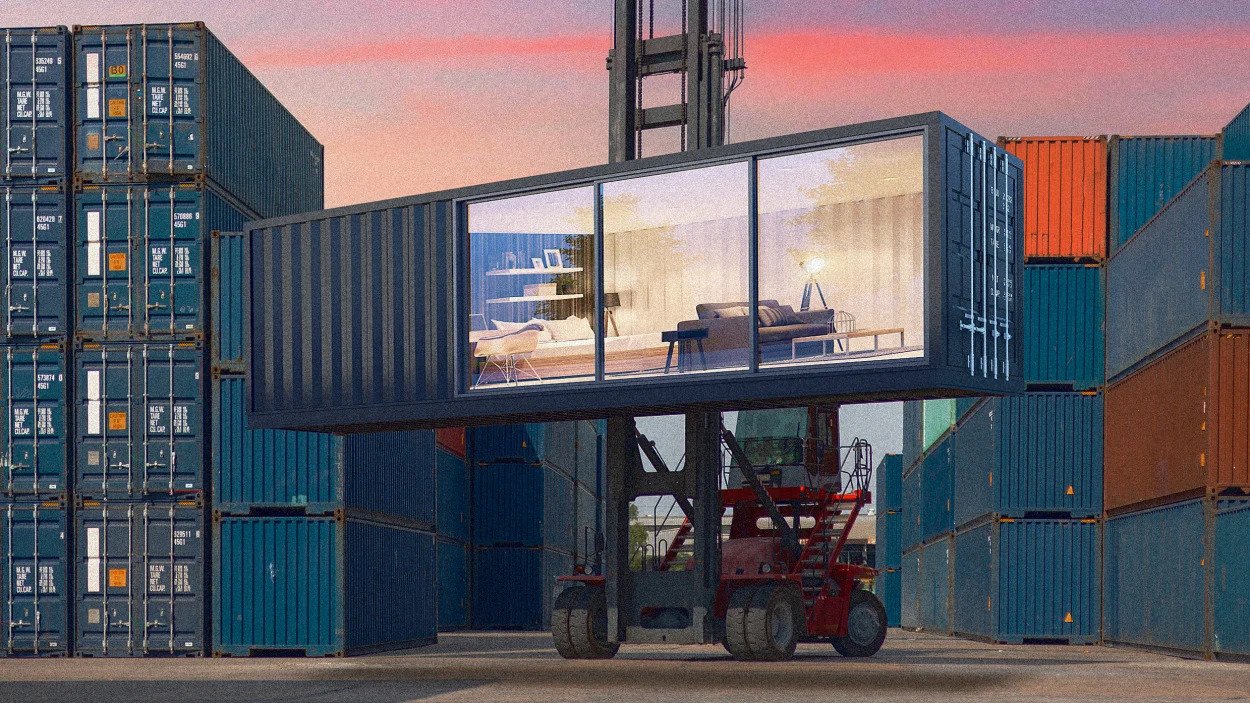All those tiny homes made from shipping s aren’t as sustainable as you think. Here’s why
Author: Ellie Sivins
In recent years, shipping s have become a trendy building material around the world, used for everything from pop-up shops to hotels. They’re seen as a way to extend the life of a that would otherwise be discarded, and an eco-friendly alternative to manufacturing new materials. More popularly, they’ve been touted as viable structures for sustainable housing, particularly with the rise of the tiny house movement and housing shortages around the world. This trend may see an even bigger upswing, as millions of extra shipping s were produced during the pandemic—a desperate attempt to alleviate supply chain issues. Due to empty s not arriving back to their point of origin on time, as many as 4.3 million extra s were manufactured. Many of these are no longer needed, and the excess s have been left in ports across the U.S., including the Port of Savannah, which at one point had 30 ships anchored waiting to unload thousands of s the port didn’t have space for. Considering the growing popularity of s-as-infrastructure, converting these excess s into homes or offices is likely to be an attractive possibility. However, experts say their sustainability is better on paper than in practice, and those interested in converting shipping s should take a closer look before deciding whether homes are the best use for them. Complicated conversions, extensive labor, and more materials can often mean these reclaimed spaces are much less practical—and less sustainable—than initially envisioned.

